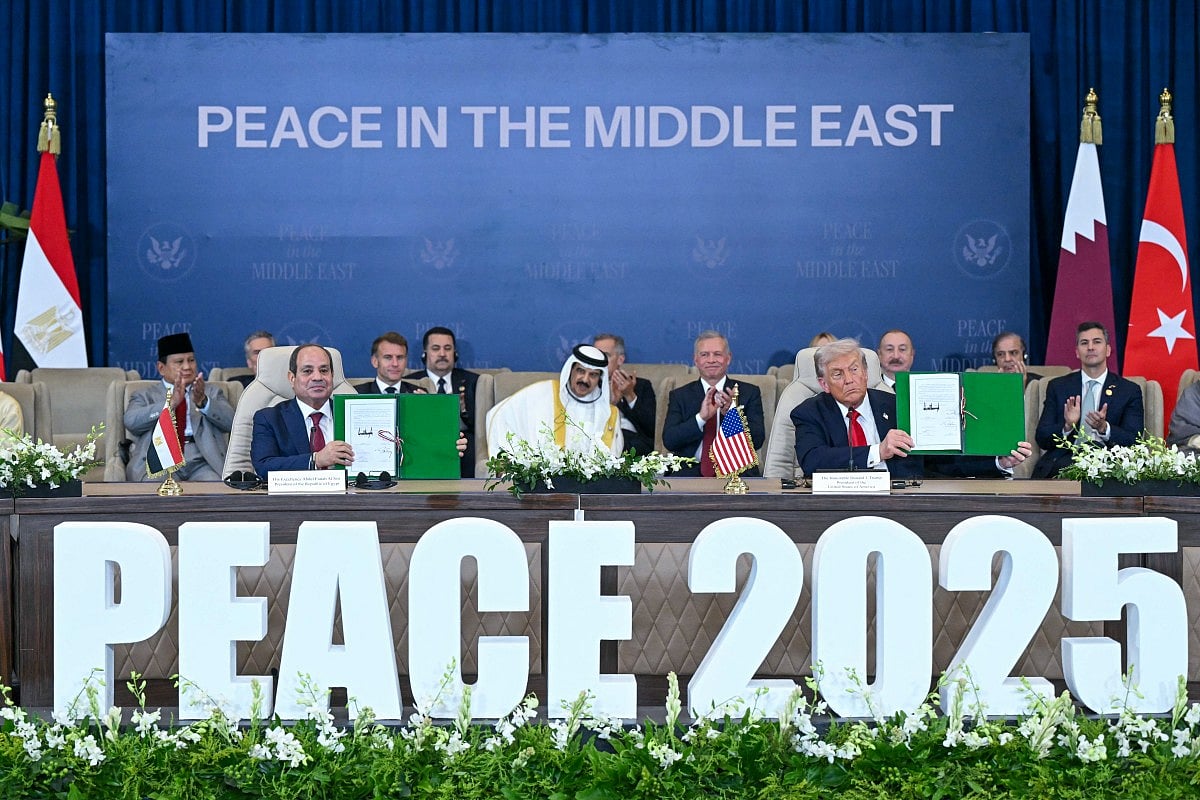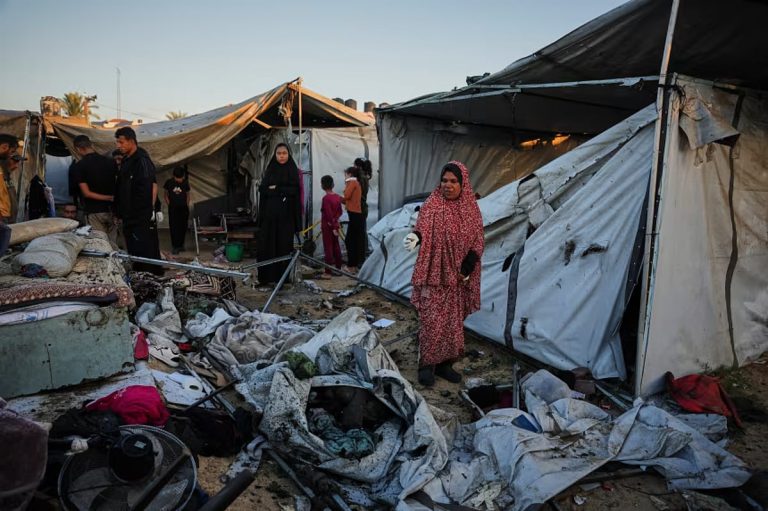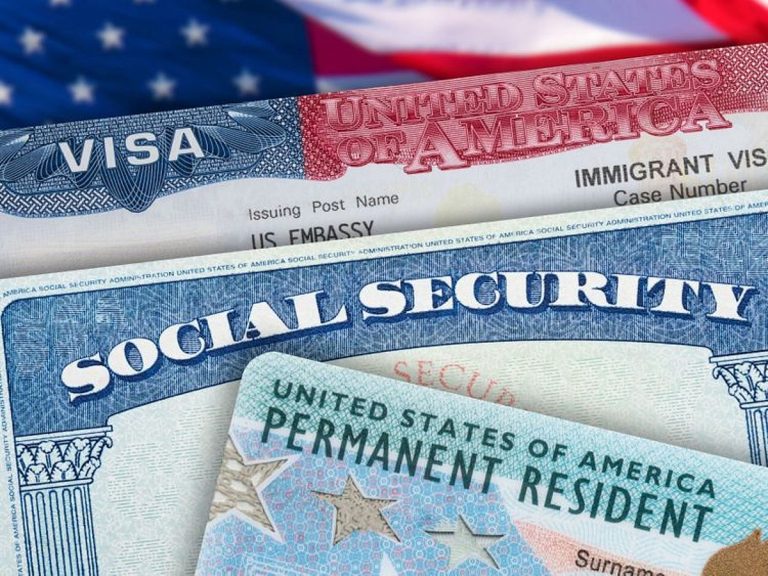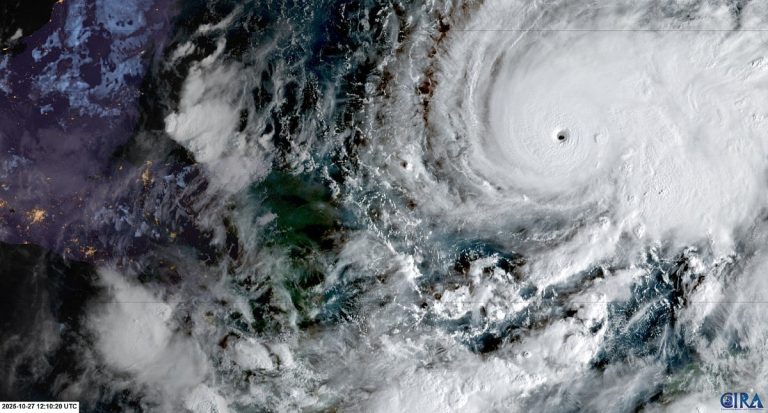Key Challenges After Gaza Peace Agreement Signed in Cairo
The recent signing of a peace agreement in Cairo has raised significant questions regarding the future of Gaza and the role of Hamas. As leaders from the United States, Egypt, Qatar, and Turkey come together to promote stability, the complexities surrounding disarmament and governance remain unresolved. Understanding these dynamics is crucial for assessing the potential for lasting peace in the region.
Disarmament Dilemma
One of the most pressing issues following the peace agreement is the demand for Hamas to disarm. Israel has made it clear that it expects Hamas to relinquish its weapons, with Prime Minister Benjamin Netanyahu asserting that Gaza must be “demilitarised.” However, Hamas has rejected this demand, insisting that Israel withdraw its troops from Gaza first. This standoff raises concerns about the feasibility of achieving a peaceful resolution.
Currently, Israel has retreated from major urban centers like Gaza City and Khan Younis but maintains control over significant portions of the enclave. This includes strategic areas such as Rafah and a security buffer along the border. The lack of a clear timeline or mechanism for disarmament has led to skepticism about the durability of the ceasefire, with experts warning that without proper oversight, the risk of renewed conflict remains high.
Governance Challenges
Another critical aspect of the peace agreement is the governance of Gaza in the postwar period. The plan outlines that an international body will temporarily oversee the administration of Gaza, with Palestinian technocrats managing daily operations. Notably, Hamas and other militant factions are excluded from this governance structure.
The Cairo declaration, signed by the four leaders, emphasizes a commitment to peace and cooperation. It highlights the need for mutual rights and dignity for all people in the region, advocating for dialogue over violence. However, the framework leaves open the possibility for the Palestinian National Authority to play a role, contingent upon significant internal reforms. This requirement has historically hindered the Authority’s involvement, as Israeli leaders have been wary of expanding its powers, while Hamas insists on a consensus-driven government.
The Trump Declaration
The peace agreement, referred to as “The Trump Declaration for Enduring Peace and Prosperity,” was signed by U.S. President Donald Trump, Egyptian President Abdul Fattah al-Sisi, Qatari Emir Sheikh Tamim bin Hamad Al Thani, and Turkish President Recep Tayyip Erdogan. The declaration marks a significant moment, as it aims to end over two years of conflict in Gaza.
The leaders involved have pledged to support efforts for lasting peace and stability, emphasizing the protection of human rights and the importance of resolving disputes through diplomacy. They also committed to combating extremism and fostering regional cooperation, envisioning a Middle East where both Palestinians and Israelis can thrive together.
Security Arrangements
Security remains a contentious issue within the peace framework. The agreement proposes an Arab-led international force, complemented by Palestinian police trained in Egypt and Jordan, to take over security responsibilities as Israeli troops withdraw. However, the specifics regarding troop contributions and coordination between Israeli and Arab forces are still unclear. This ambiguity raises concerns about the effectiveness of such a hybrid security model, especially given the region’s history of failed international missions.
The success of this security arrangement will depend on the cooperation of Egypt, Israel, and the United States, a challenging task considering the longstanding mistrust among these parties.
Humanitarian and Economic Recovery
The humanitarian crisis in Gaza is dire, with tens of thousands of casualties and over 90% of the population displaced due to the conflict. Reconstruction efforts are estimated to cost around $53 billion, according to reports from the World Bank, the UN, and the European Union. While Arab nations are expected to contribute to these efforts, many will likely seek assurances of political progress and a credible path toward Palestinian self-governance.
Experts emphasize that simultaneous progress on security, governance, and humanitarian issues is essential for a sustainable resolution. The complexities of the situation echo past U.S.-led initiatives that have faltered due to mistrust and lack of clarity.
The Path Ahead
As the leaders involved in the peace agreement express optimism, the reality on the ground remains fraught with challenges. While the ceasefire is a significant step, analysts caution that it could merely represent a temporary pause rather than a foundation for lasting peace. The situation in Gaza is precarious, teetering between the hope for renewal and the risk of further conflict.
FAQs
What is the main demand from Israel regarding Hamas?
Israel insists that Hamas must disarm completely as part of the peace agreement, while Hamas demands the withdrawal of Israeli troops from Gaza first.
Who will govern Gaza after the peace deal?
An international body is set to temporarily oversee Gaza, with Palestinian technocrats managing daily affairs, excluding Hamas and other militant factions from governance.
What are the estimated costs for reconstruction in Gaza?
Reconstruction efforts in Gaza are projected to cost approximately $53 billion, with significant contributions expected from Arab nations, contingent on political progress.
Conclusion
The signing of the peace agreement in Cairo marks a pivotal moment for Gaza, but significant challenges remain regarding disarmament, governance, and security. The international community’s role will be crucial in navigating these complexities to foster a sustainable peace. As the situation evolves, continued dialogue and cooperation among all parties will be essential for achieving long-term stability in the region.
Also Read:
Trump Calls for Peace and Gaza Reconstruction in Israel
Child Protection’s Essential Role in Sustainable Development







